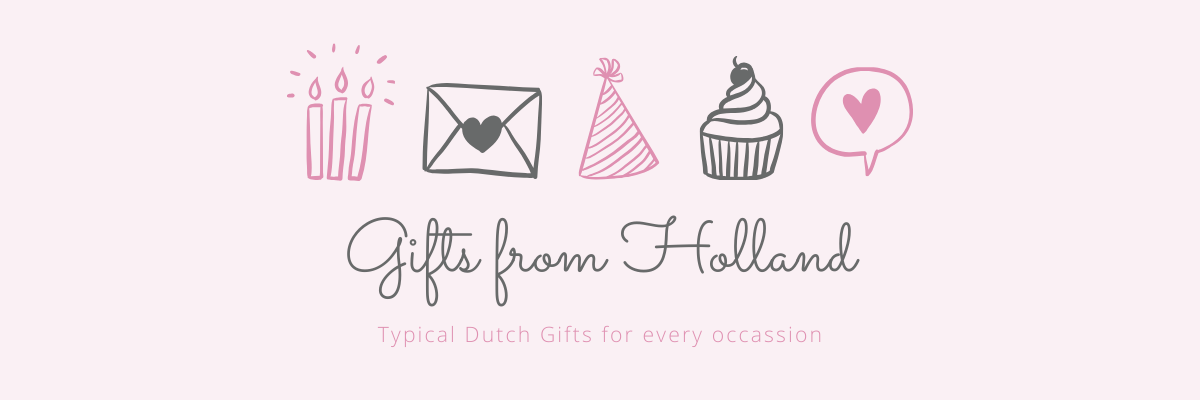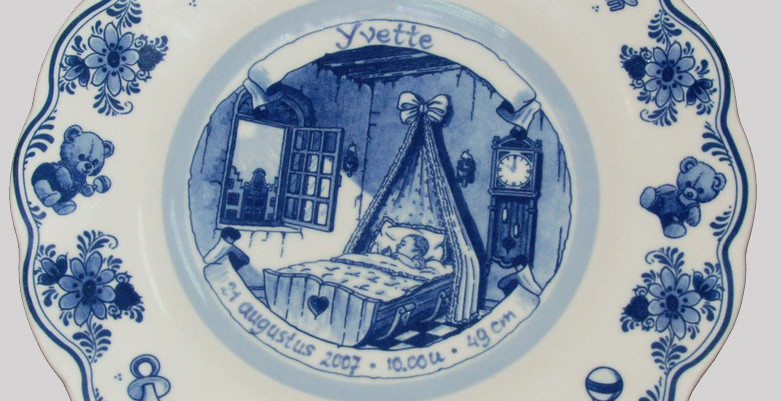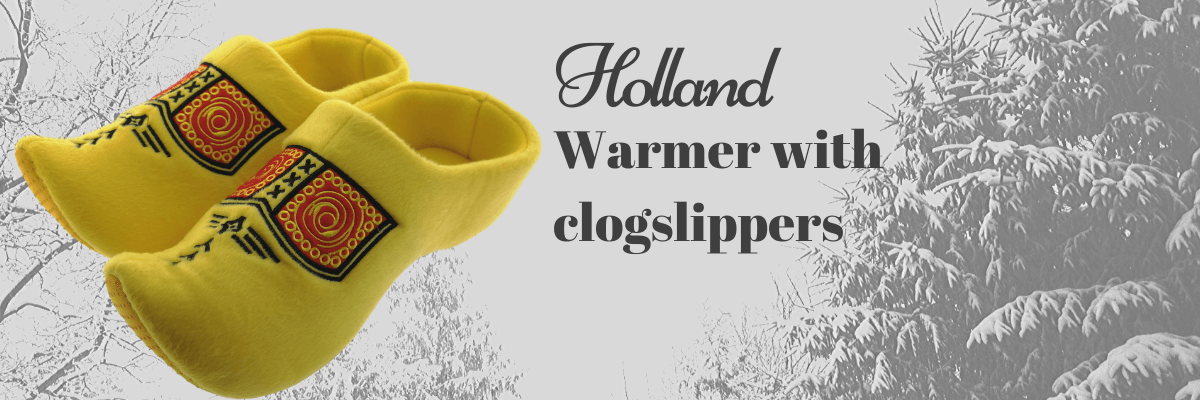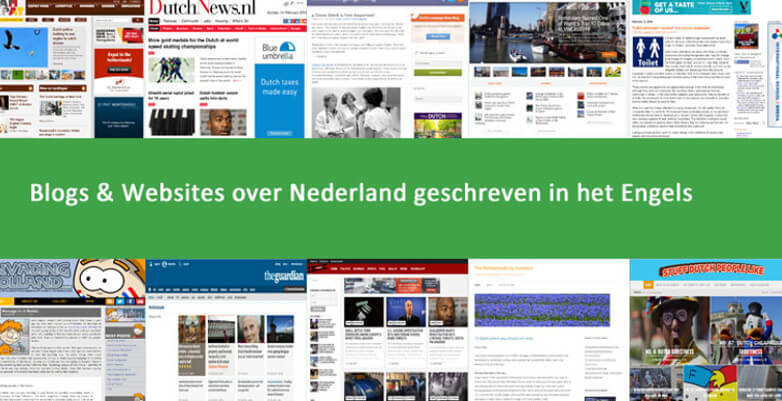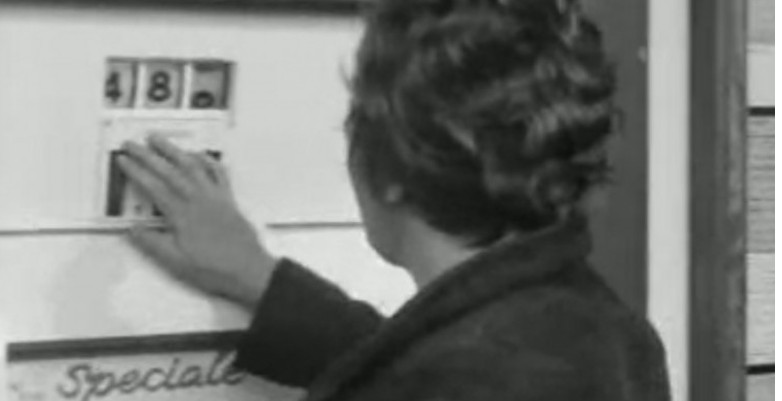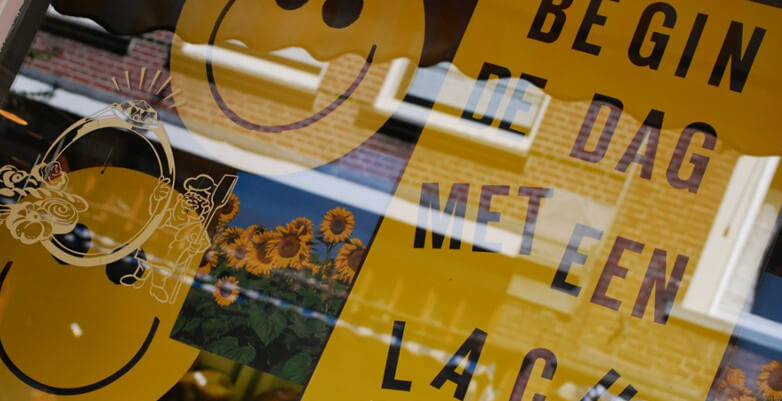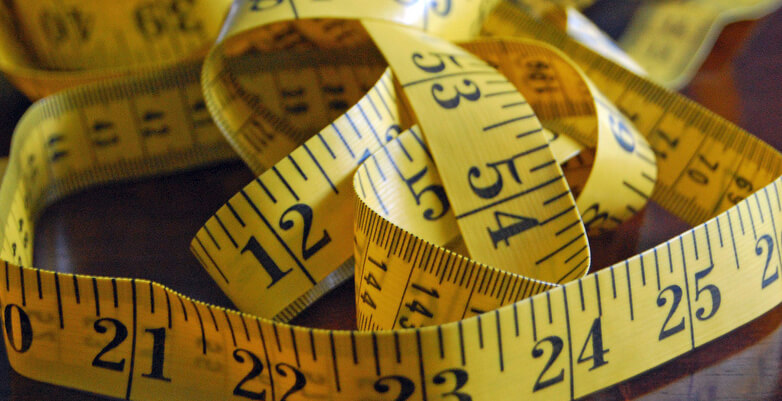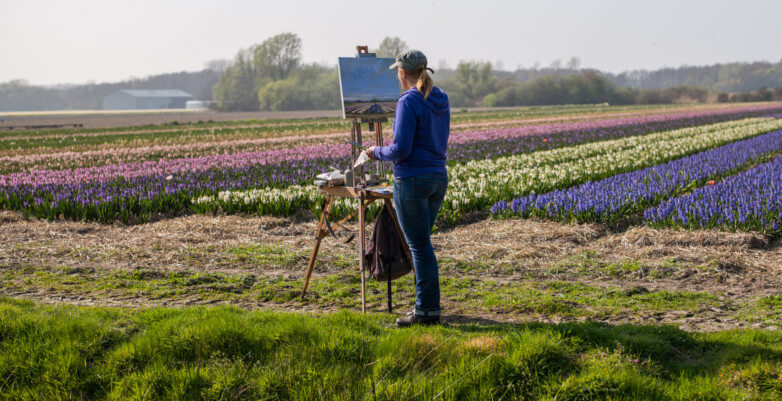
14 common misconceptions about the Dutch
Although the Netherlands is one of the happiest places on the planet, and we generally enjoy life to the fullest we do suffer from some common misconceptions abroad. Here we try to clear some of these up. You could, of course, have asked us! Most Dutch are not shy in giving you their most direct, and honest answer.
1. The Dutch are cheap and stingy
The expression "Going Dutch" must have come from somewhere. Going Dutch is very common in the Netherlands (and thus appropriately named). It means splitting a bill through the middle, and the phrase has given the Dutch a reputation of being cheap.
In reality, it depends on the situation. If you are with friends or colleague's that you socialize with regularly it's common to expect someone else to pay the full bill the next time, and the person paying is just the "next" one. If it's with less common friends, you will likely just buy your own drinks. And of course, social status and personal wealth also come into this.
On a national level, the Dutch are in the top 5 countries in the world that donate foreign aid. So we do give, when we think it makes good sense.
But when it comes to personal gifts, we hold back. In fact, we usually come in last when it comes to giving expensive presents. As we celebrate birthdays often most families and friends have worked out a formula where money is kept flowing in circles and nobody loses out. And in many situations, no money at all is given.
2. "Act Normally"
The Dutch expression for this is "Doe normaal", and you might expect a mother to say this when her ten-year-old starts screaming loudly in the middle of a store. But it is not just Dutch mothers, your Dutch colleagues and friends will also tell you this when you suddenly have the urge to start dancing in the middle of the street, or more likely, have added too many bells & whistles to your Powerpoint presentation.
It does not mean that you should lose your individuality and just follow the group, but you should at least acknowledge the social convention. These conventions are not fixed, and you are free to express yourselves but when people think you are showing off they will be quick to call you out on it.
3. The Dutch are unpolite and direct
The Dutch are outspoken and will seldom refrain from giving you their direct and honest opinion. But strangely enough, the Dutch are actually not less polite than any other nationality. It is just that what we consider a polite response can often be considered a very direct statement to those not used to our language. Most Dutch prefer to give you a direct answer and it can be hurtful for those used to politely worded excuses instead of a straightforward "No, not possible".
Part of this comes from our language. Where many languages would add in flowery constructs such as "If you would be so kind to" Dutch is lacking in many such softeners.
4. English is our primary language
Statements about the imminent demise of the Dutch language are wholly incorrect. In fact, the Dutch language is thriving. But to those visiting the Netherlands, it must seem that everyone is used to speaking English all the time and we are all keeping up with news and movies in English. This is caused mostly by our visitors being in a reality distortion bubble. Young Dutch people, especially in tourism and international business speak excellent English and you are most likely to encounter them. But there are more than enough people in the Netherlands who would have trouble making even a single proper sentence in English. And when the visitors are out of sight we all revert to speaking in Dutch amongst each other.
5. We all have a gabled house and live next to a canal
The gabled houses and our canals are nice, but it's just Amsterdam and a few of the older cities that have them. They were built by wealthy merchants in the 17th century. To own one you still need plenty of cash as the asking price for an Amsterdam canal house will be several million euros. Thankfully, housing in the Netherlands is actually pretty decent and you will find few houses that are of poor quality.
6. Everyone lives in Amsterdam
It's a common assumption that every Dutch person you meet is from Amsterdam. In fact, most people will immediately mention Amsterdam when we introduce ourselves. We are careful not to break this illusion. Because that would mean having to explain where we really live, and the furthest we can be from Amsterdam is about 180 Km (or 110 miles). In most countries such a trivial distance is considered irrelevant.
7. The Dutch all smoke weed because it's legal
Cannabis is legal and readily available from licensed coffee shops (as long as you smoke it inside said coffee shop) it's quite a different thing to assume that we are all high all the time. In fact, cannabis usage in the Netherlands is about half that of the USA, one of those other drug friendly countries [1]. Official statistics show that about 8% of the adult population use cannabis at least once a year.
8. People are still wearing wooden shoes
Confession time! The author owned a pair of wooden shoes as a kid. They were red and you had to wear really thick wooly socks because otherwise, they would hurt your feet. Those socks really itch. If you work in a muddy field they actually make sense. Big and flat footed the worst that could happen is the clogs being sucked into the mud making your socks wet. Clogs have been traditional footwear in the Netherlands for hundreds of years. Despite being available from souvenir stores everywhere, wooden shoes these days are mostly a dead idea. They do look good, especially on a wall with some tulips in them. The Dutch have however decided that in these modern times there are more sensible footwear options.
9. Everyone uses bikes to go everywhere
Bicycles are convenient, and most Dutch have one. Most towns have plentiful bicycle lanes and they are great for covering small/medium distances. And in the country side, the bicycle roads are mostly empty. Cycle in Amsterdam however, and be prepared for a challenge. Lots of bicycles on congested roads fighting for space with cars, buses, and tourists not paying attention to what is directly around them. Not for the faint hearted!
Up until the sixties, most Dutch would cycle their bikes everywhere and even go on cross country bike holidays. In the nineteen seventies people started buying cars and these days for trips longer than to the local school, or the supermarket even the cycle mad Dutch prefer to drive instead.
10. Holland is the same as The Netherlands
Not true, but you probably knew that already. The provinces of North and South Holland have been historically the richest and most powerful. For most people outside the Netherlands, these were the main entities they did business with. In fact, there are 12 provinces that make up the Netherlands. To make things even more confusing, The Kingdom of the Netherlands is another entity altogether and also includes territory in the Caribbean.
11. Hans Brinker put his finger in the dike to save the country from flooding
Hans Brinker is a true American hero, he was the main character in the book "Hans Brinker, or the silver skates" by American author Mary Mapes Dodge in 1865. The book was translated into Dutch in 1867. The child rescuing the Netherlands in the story by putting his finger in the dike didn't actually have a name in the book. As Hans Brinker was the main character in the book people now use his name for the story. Just say that a water-soaked dike that is about to collapse isn't stopped by just one single mighty finger.
12. The Dutch kill off the old and sick
This is a serious topic and it is of course quite controversial. The Dutch, in general, do not believe in unnecessary suffering. You are however quite safe when you visit us. In fact, to avoid euthanasia tourism it is not legal to euthanize people from outside the Netherlands. Trying to use the law as a way to quickly come into an inheritance is also not an option. Assisted dying is only allowed for those suffering unbearably in consultation with their own doctor, who needs to ascertain that the person asking is making an informed decision.
In 2003, 1626 cases were reported, or about 1.2% [2] of all deaths. Most reported cases concerned cancer patients. Also, in most cases, the procedure was applied at home.
13. The Dutch can't cook
In the Netherlands, you will find restaurants dedicated to nearly any nations cuisine, and of course plenty of fast food stores. It is almost as if the Dutch do not know how to produce delicious food themselves. You could not be more wrong, the Dutch not only produce delicious pancakes but have a wide variety of "stampots" a traditional Dutch dish made from a combination of potatoes mashed with one or several vegetables. Traditionally, Dutch cuisine is simple and straightforward, with many vegetables and little meat, but as we traveled the world flavors and spices from all around the world have been introduced.
14. There is no such thing as a Dutch identity
Queen Maxima, our foremost immigrant, set off a controversy when in an attempt to compliment the Dutch she mentioned that she had been unable to find the "typical Dutchman". She had meant to compliment the diversity she had encountered, instead, she hit a sore point. And as it is with the points mentioned above, the Dutch identity is a set of ideas that only capture some of its essences. The Netherlands is a diverse place, and "Dutchness" is a fluid concept. Some concepts are shared, but most people find that they at least disagree with one or more commonly mentioned ideas.
[1] https://en.wikipedia.org/wiki/Annual_cannabis_use_by_country
[2] https://en.wikipedia.org/wiki/Euthanasia_in_the_Netherlands
Foto credit: Painting Dutch Spring by Roman Boed
 Nederlands
Nederlands


